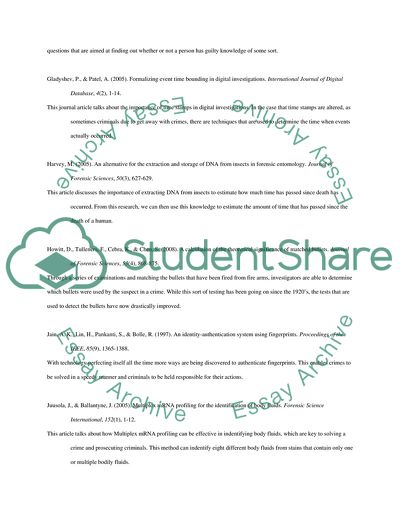Cite this document
(Wearable Technology for Crime Scene Investigation Annotated Bibliography - 1, n.d.)
Wearable Technology for Crime Scene Investigation Annotated Bibliography - 1. Retrieved from https://studentshare.org/law/1728302-annotated-bibliography
Wearable Technology for Crime Scene Investigation Annotated Bibliography - 1. Retrieved from https://studentshare.org/law/1728302-annotated-bibliography
(Wearable Technology for Crime Scene Investigation Annotated Bibliography - 1)
Wearable Technology for Crime Scene Investigation Annotated Bibliography - 1. https://studentshare.org/law/1728302-annotated-bibliography.
Wearable Technology for Crime Scene Investigation Annotated Bibliography - 1. https://studentshare.org/law/1728302-annotated-bibliography.
“Wearable Technology for Crime Scene Investigation Annotated Bibliography - 1”, n.d. https://studentshare.org/law/1728302-annotated-bibliography.


